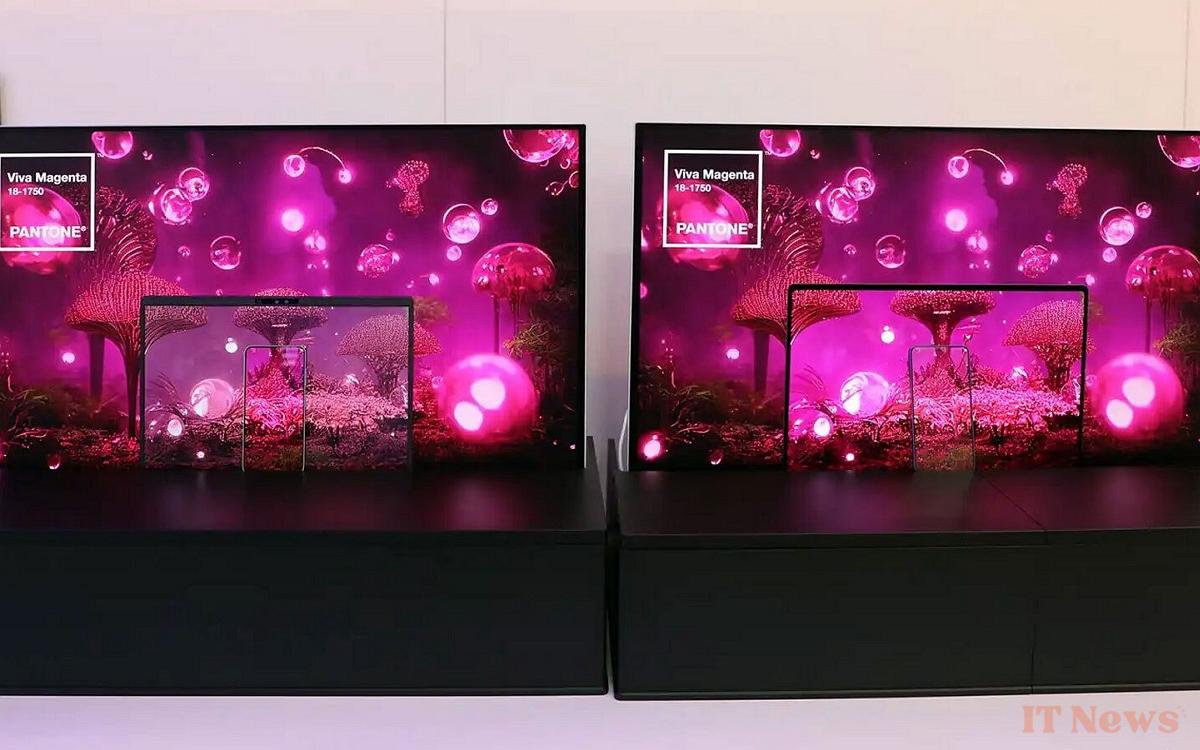Samsung has just unveiled at the Mobile World Congress (MWC) a revolutionary gaming monitor, the Odyssey G6, featuring an exceptional refresh rate of 500 Hz. This technical feat, combined with QD-OLED technology, could well redefine the standards of competitive gaming.
The Odyssey G6 stands out from other screens not only for its record-breaking refresh rate, since it goes up to 500Hz, but also by its ultra-fast response time of 0.03ms. These features, combined with the inherent benefits of OLED technology such as near-infinite contrast and vibrant colors, promise an unprecedentedly fluid gaming experience.
Samsung claims that this is the "world's first 500Hz QD-OLED monitor", narrowly surpassing the previous record of 480Hz. While the improvement may seem marginal, it could make all the difference for professional gamers looking for even the slightest competitive edge. Note, however, that this is not the screen with the highest refresh rate, since a TCL product already reaches 1000 Hz, but it is not QD-OLED.
A technology that pushes the limits
Beyond the Odyssey G6, Samsung also presented other impressive OLED innovations. A screen capable of reaching a brightness of 5,000 nits was notably unveiled, even surpassing the performance of some of the brightest mini-LED screens. This advancement raises questions about durability and the risk of permanent marking, however.
For the gaming laptop market, Samsung has introduced a 15.6-inch OLED panel with a 240 Hz refresh rate and 4K resolution. This technology could soon be found in high-end laptops, offering mobile gamers exceptional image quality and fluidity.
Samsung is also exploring new concepts for portable gaming. The "Flex Gaming", a device with a foldable OLED screen, has been presented as a potential alternative to current portable consoles. This innovative concept could improve the portability gaming systems while maintaining a large screen for the gaming experience. For now, let's remember that these technologies are still at the prototype stage. We will therefore have to wait several more years before seeing whether or not they materialize in commercially available products.




0 Comments